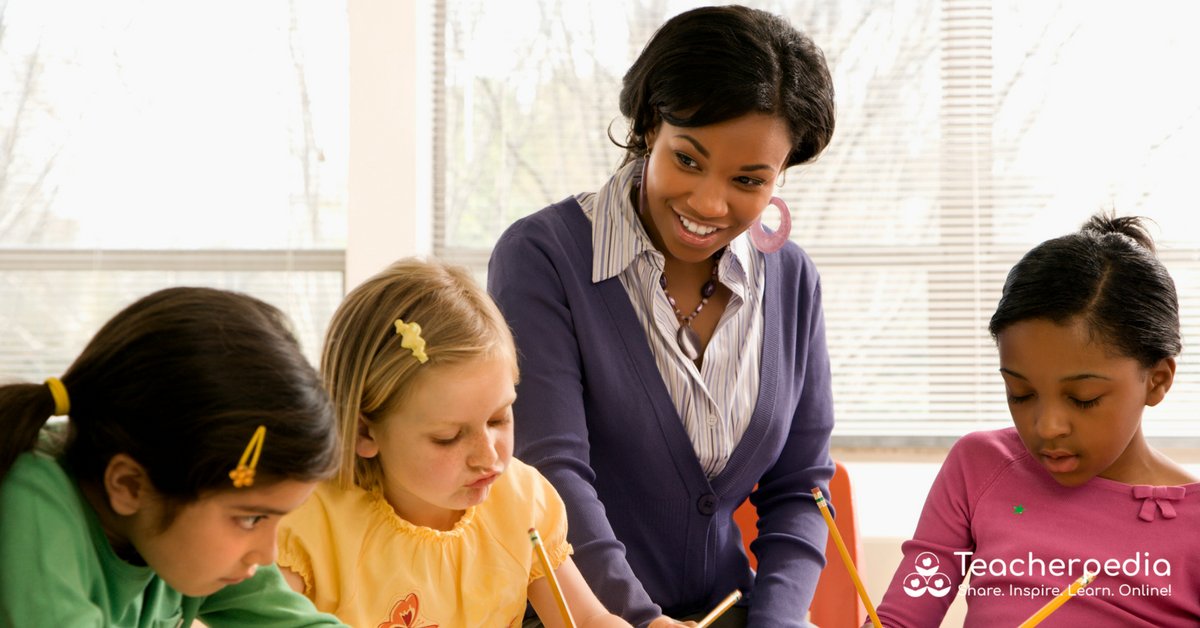Your classroom has learners of differing abilities and understanding levels. Differentiation can help you meet the learning needs of each individual learner. While learning how to differentiate can take time and some significant study and willingness to change teaching style, here are some ideas based on advice from Concordia University in Portland, Oregon to get you started.
Apply Bloom’s Taxonomy to Differentiate.
Bloom’s Taxonomy includes different levels of thinking skills: remembering, understanding, applying, analyzing, evaluating, and creating. If you have learners who are not familiar with the concept of a particular lesson, they may need to work at the remembering level. Those who have some mastery of the same lesson may need to apply and analyze its content. Others may need to evaluate and create.
For example, you can have learners match characters and their actions in a text, and you can have other learners identify an author’s viewpoint and provide evidence to support their stance.
You can also have learners self-select the type of work they do. You might create different worksheets based on ability level and allow learners to choose the one that they feel most comfortable doing, but, if you do this, learners should know that choosing one that is below their ability level is not an option.
Differentiate the Process of Learning
Every person has a way of learning that they prefer over others. Differentiation requires that learners get input in a variety of ways. For example, some learners who don’t need as much teacher support could work in small group activities to discuss something they’ve read. Other learners could listen to audio books if they best receive input from the spoken word. Use kinesthetic-based activities to get learners up and moving, interacting with the content of the lesson. They might work independently or in small groups to create a project that requires online research, or they might build something that demonstrates a physics concept.
Use lots of visuals in your classroom and in your lessons. You don’t have to meet the preferred learning styles of every learner in the classroom in every lesson. That would be too overwhelming. The goal is to provide lessons that engage learners in different ways: one day a short lecture, another day independent research in small groups using the Internet or printed material. Allow learners to walk around the classroom if that is how they best read and absorb a text.
Be flexible in your approach to delivering lessons, and let your learners respond to them flexibly as well.
Assessment
Encourage learners to create different forms of products that show their mastery of a lesson. learners could create a graphic organizer of a story. Others who are more oriented toward speaking and listening could give an oral report. Some learners could build a diorama that illustrates a particular event in a story. The point is to allow learners to show you what they know in a way that best suits their preferred learning styles.
Differentiation takes some more lesson planning, and it takes some time to figure out. It’s worth the work, though, because it is effective for all levels of learners, and learners take on more responsibility when they have more options to learn. There are also typically fewer discipline problems in differentiation classrooms, which is a nice bonus.
References:
Concordia University

Snapplify and FNB Collaborate for Success
Navigating the educational landscape as parents and caregivers often means balancing financial constraints with providing the best opportunities for our children. In South Africa, the


